Astrantia claret and other plant varieties, care features
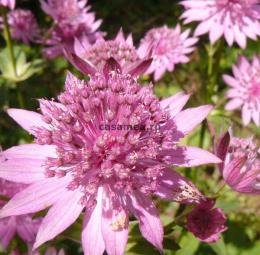
Astrantia (star) is a perennial flowering plant. It is found naturally in Europe and the Caucasus. Gardeners fell in love with her for her excellent appearance and ease of care.
Content:
- Description of astrantia
- Astrantia varieties
- Method of planting the claret variety
- Rules for caring for astrantia claret
- Reproduction methods
- Diseases and pests
Description of astrantia
Astrantia has long stems from 15 cm to 1 m in height. It has few branches and leaves. The foliage is concentrated in the root cup. It has a decorative shape and color. The roots are strong, but not spreading.
Many flowers are collected in umbrella-type inflorescences. They resemble stars in shape and come in a wide range of shades: from pink to ruby. The inflorescences are collected in rosettes of wrapping leaves.
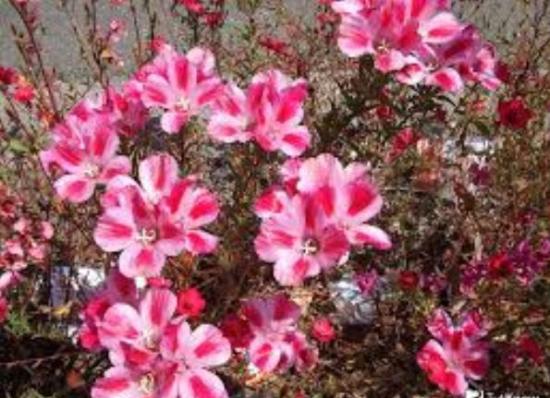
The star is honey plant. It attracts bees to the site. Astrantia decorates the garden and looks original in bouquets. Can stand for a long time when cut. It is even used in dry bouquets.
Astrantia varieties
This plant has about 10 varieties, let’s note the most popular among gardeners.
Astrantia variegated
It has pale pink flowers and brightly colored leaves. Reaches 70 cm in height. Withstands well freezing and drought.
Lars
It has dark red flowers wrapped in lighter rosettes. Blooms all summer until the end of September. Prefers shaded areas.
Ruby wedding
The flowers of this variety are bright ruby.The length rarely exceeds half a meter. Blooms for a long period.
Claret
Product of Dutch breeders. Variety with wine-red petals. Height – up to 50 cm. It has palm-shaped leaves and is distinguished by abundant flowering. Blooms from June to September. Grows well in shaded areas.
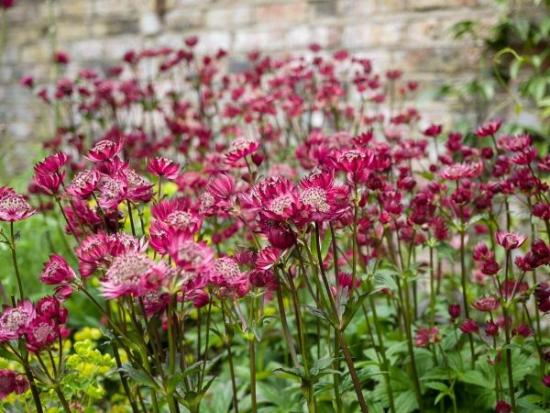
Method of planting the claret variety
Before planting, the collected seeds must be subjected to stratification - Store in the refrigerator for a month. Store-bought seeds are also subject to this procedure, unless the packaging says that the manufacturer has already done this.
Prepared seeds are planted in open ground for the winter. Planting in the greenhouse takes place in February-March.
Before planting seeds, you need to decide on the planting location. Astrantia claret is distinguished by its unpretentiousness and can grow in almost any soil, even in complete shade. If you plant it in a sunny place, the flowers will be brighter; in partial shade they will become pale. It is advisable that the soil was fertilized and loose. It should be taken into account that astrantia does not grow well in sandy soil.
After choosing a planting site, the seeds should be planted in holes 3 mm deep. The distance between them should be at least 30 cm. 2-3 seeds are placed in each hole. After germination, you will need to select the strongest sprout and remove the rest. After placing the seeds in the ground, they need to be watered generously and then covered with soil.
If seeds are planted in a greenhouse, I move the finished seedlings to open ground. To do this, you need to make holes in the soil 10 cm deep. The distance between the holes is 30-50 cm. The finished hole should be watered generously, and only then the roots of the sprout should be placed there. Then the hole is filled with soil and watered again.
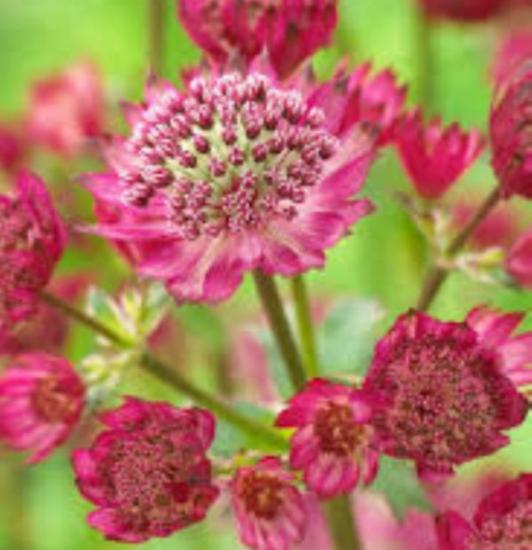
Astrantia claret does not tolerate transplantation well. The bush can grow in one place for up to 10 years. After this, it can be divided, dead stems and roots removed, and the rest planted in a new place.
Rules for caring for astrantia claret
All varieties of astrantia are unpretentious.
In order for the bushes to grow better and give more color, you need to follow a few simple rules:
- In moderately rainy weather the plant does not need watering. In dry summers, Claret should not be watered too much once a week.
- The soil around the bush should be periodically loosened and removed from weeds.
- If the plant is planted on fertile soil, it is enough to feed it with a mineral complex in early spring. When growing Claret in poor soil, it must be fertilized potassium and phosphorus. After fertilizing, it is important to water the soil thoroughly.
- To ensure long flowering, faded flowers should be cut off.
- For the winter, the soil near the stem is covered with sawdust, and the bushes themselves are covered with spruce branches. In spring, the covering material must be removed and the sawdust loosened with the soil.
- Shoots that are too tall may break, so they need to be provided with additional support.

Reproduction methods
Astrantia claret reproduces in three ways:
- seeds (including self-seeding);
- dividing the bush (done in early spring, new bushes are planted in loose fertile soil);
- cuttings (cuttings are cut from a rosette and planted in open ground a month after the roots appear).
Diseases and pests
Astrantia claret is practically not susceptible to disease. Sometimes she is attacked by slugs. This happens if the soil is over-moistened.
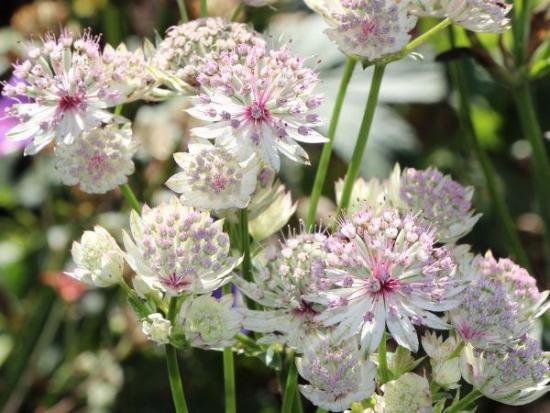
Get rid of slugs possible in the following ways:
- Collect pests by hand.
- Create a barrier around the flowerbed that slugs cannot cross. These can be nut shells, coffee beans, dry mustard, superphosphate.
- Treat the plant with chemicals (“Thunderstorm”, “Slug Eater”).
You can use folk remedies:
- a mixture of ash and tobacco for dusting soil and plants;
- salt solution for watering the soil around the bush;
- green solution for watering;
- ammonia solution for spraying.
In addition to slugs, too wet soil leads to rotting of the roots. To prevent this from happening, it is necessary to moderate watering and periodically loosen the soil.
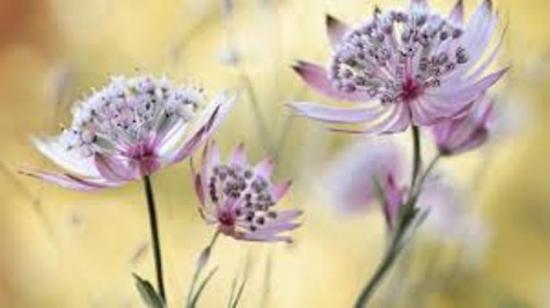
Astrantia claret stands out among other varieties of this plant with its bright and rich color. It is widely used in landscape design and in bouquets. The plant is unpretentious and not susceptible to disease.
Let's watch a video about the features of growing astrantia:

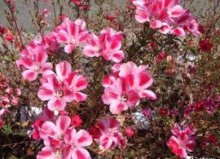
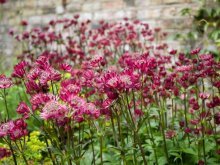
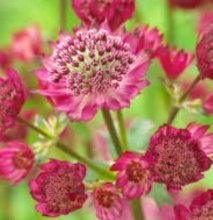

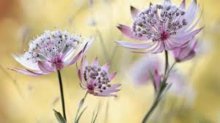
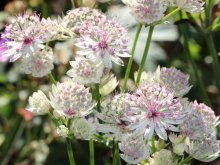
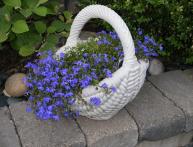

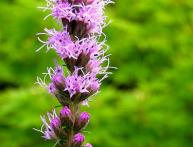
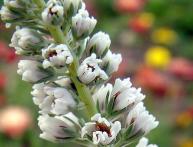
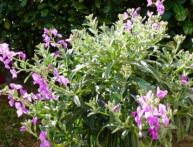

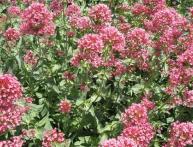
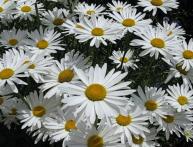
Comments
Astrantia claret grows in our dacha, I don’t know for sure. what variety exactly, but it looks great in a flowerbed. Blooms brightly and for a long time. We use it in bouquets and it plays with amazing colors. Plant with confidence!